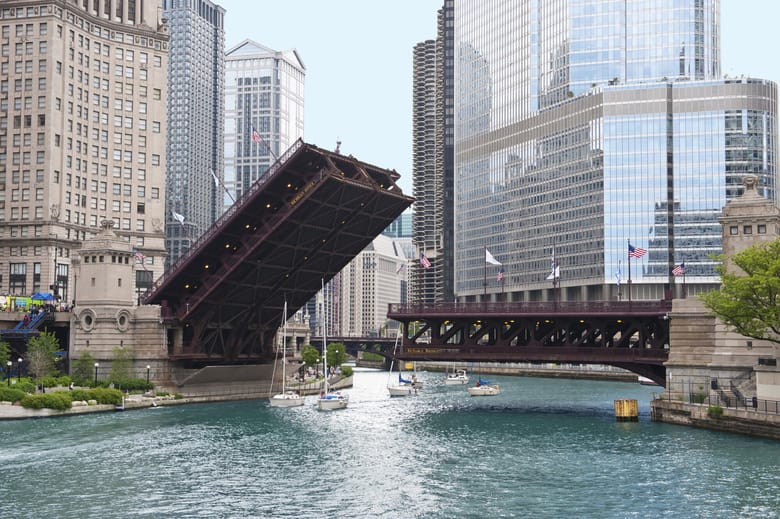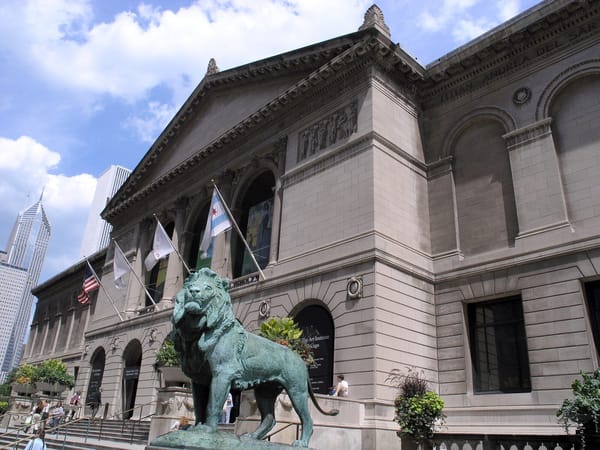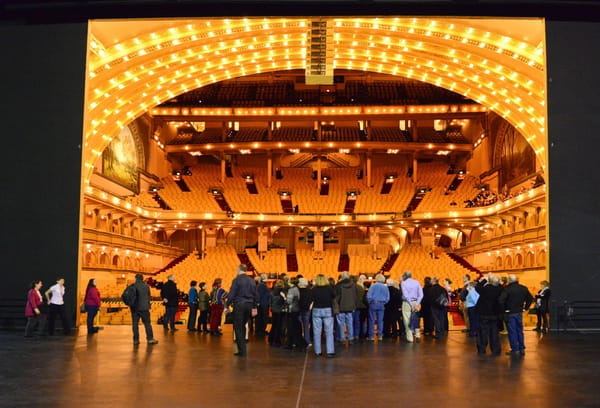A trunnion bascule bridge is a type of movable bridge where the bridge deck, or bascule, pivots around horizontal trunnions (pivot points) to allow ships to pass through the waterway below. The term "bascule" is derived from the French word for "see-saw," reflecting the bridge's see-saw-like movement when it opens. In this design, the trunnions are typically located at the ends of the bascule span, and the bridge opens by rotating around these trunnions.
The trunnion bascule bridge design emerged in the late 19th century as a practical solution for accommodating both vehicular and maritime traffic. The design became popular due to its efficiency in opening quickly and its relatively simple mechanical operation. The trunnion bascule design represents an evolution from earlier bascule bridge designs, improving both stability and ease of use. Its adoption marked a significant advancement in bridge engineering, particularly in busy port cities where the need to balance road traffic with shipping was crucial.
EXAMPLES IN CHICAGO
- The Michigan Avenue Bridge: The Michigan Avenue Bridge, also known as the DuSable Bridge, is one of the most prominent examples of a trunnion bascule bridge in Chicago. Completed in 1920 and designed by Edward Bennett, this bridge spans the Chicago River and connects the Magnificent Mile with the Loop. The bridge features a classical Beaux-Arts design with bronze and granite detailing, and its trunnion bascule mechanism allows it to open swiftly to accommodate passing vessels. The Michigan Avenue Bridge is not only a vital transportation link but also a significant architectural landmark that contributes to the iconic skyline of Chicago.






















